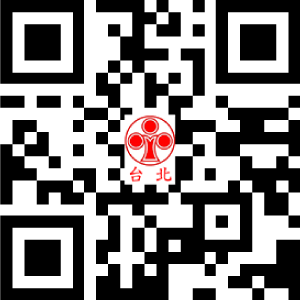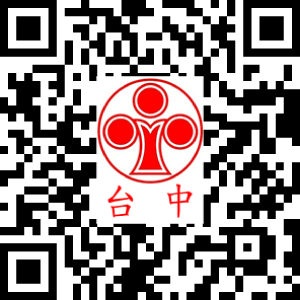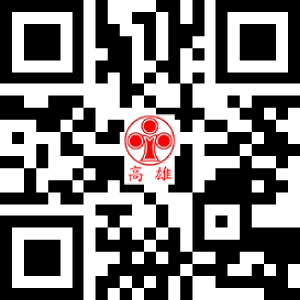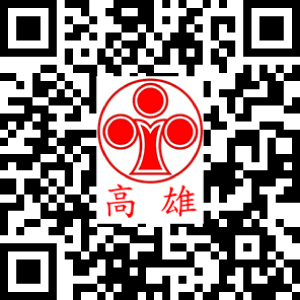In December of 2014, the Taiwan Intellectual Property Court (hereinafter referred to as “TIPC”) rendered a judgment regarding a patent application “Method for flexibly buying game points” (hereinafter referred to as “Application”) filed by Taiwan Familymart Co., Ltd., (hereinafter referred to as “Familymart”) whose primary business is operating convenience stores in Taiwan. In the aforementioned judgment, the TIPC found that the method illustrated in the Application regarding purchasing game points is non-obvious and cannot be easily achieved by exploiting the prior art, therefore it decided that the Application is patentable.
The TIPC stated that, according to Section 2, Article 22 of Taiwan Patent Act: “An invention can be easily made by a person ordinarily skilled in the art based on prior art shall not be patented.” In other words, a patentable invention shall be non-obvious and the basis for determining non-obviousness is the prior art. When looking into the prior art, the focal point is to identify whether the difference between the invention and the prior art can be easily made by an ordinarily skilled person based on the prior art. In addition, the TIPC also elaborated that, when identifying the said point, the invention shall be considered as a whole rather than on the basis of its individual elements. Therefore, one or multiple cited references can be adopted for evaluating the non-obviousness of the invention, which is different from the novelty issue where only one cited reference would be sufficient for establishing the novelty of the invention.
The TIPC pointed out that the technical feature of the Familymart Application is that a consumer can designate the amount for buying the game points, and based on the data of the game name and the designated buying amount the server will then correspondingly generate a top-up password allowing the consumer to top up at the following stage. The TIPC further indicated that the above-said technical feature is different from the existing technology, and such difference cannot be easily achieved by any combination of the existing technology.
In view of the foregoing, the TIPC disagreed with the viewpoints and decision delivered by the Taiwan Intellectual Property Office (hereinafter referred to as “TIPO”) that the Familymart Application merely adopts the existing trading method for different products. The TIPC hence reversed the TIPO’s administrative decision and rendered a judgment in favor of Familymart.
The TIPC stated that, according to Section 2, Article 22 of Taiwan Patent Act: “An invention can be easily made by a person ordinarily skilled in the art based on prior art shall not be patented.” In other words, a patentable invention shall be non-obvious and the basis for determining non-obviousness is the prior art. When looking into the prior art, the focal point is to identify whether the difference between the invention and the prior art can be easily made by an ordinarily skilled person based on the prior art. In addition, the TIPC also elaborated that, when identifying the said point, the invention shall be considered as a whole rather than on the basis of its individual elements. Therefore, one or multiple cited references can be adopted for evaluating the non-obviousness of the invention, which is different from the novelty issue where only one cited reference would be sufficient for establishing the novelty of the invention.
The TIPC pointed out that the technical feature of the Familymart Application is that a consumer can designate the amount for buying the game points, and based on the data of the game name and the designated buying amount the server will then correspondingly generate a top-up password allowing the consumer to top up at the following stage. The TIPC further indicated that the above-said technical feature is different from the existing technology, and such difference cannot be easily achieved by any combination of the existing technology.
In view of the foregoing, the TIPC disagreed with the viewpoints and decision delivered by the Taiwan Intellectual Property Office (hereinafter referred to as “TIPO”) that the Familymart Application merely adopts the existing trading method for different products. The TIPC hence reversed the TIPO’s administrative decision and rendered a judgment in favor of Familymart.







